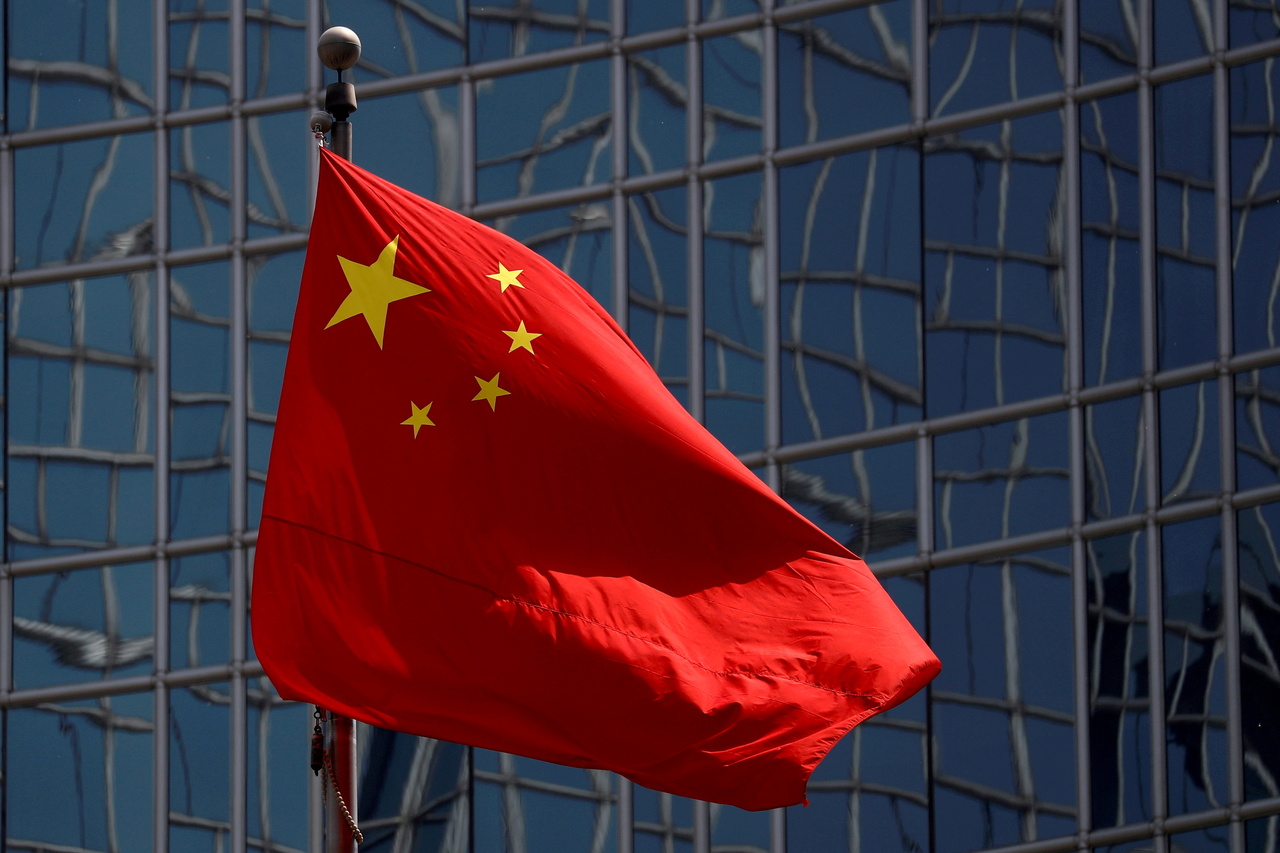China tests new space capability with hypersonic missile: Report
Sign up now: Get insights on Asia's fast-moving developments

China has been aggressively developing hypersonic missile technology.
PHOTO: REUTERS
Follow topic:
WASHINGTON (AFP) China has tested a new space capability with a hypersonic missile, the Financial Times reported on Saturday (Oct 16).
The report, citing multiple sources familiar with the test, said Beijing in August launched a nuclear-capable missile that circled the Earth at low orbit before descending toward its target, which three sources said it missed by over 32km.
FT sources said the hypersonic glide vehicle was carried by a Long March rocket, launches of which it usually announces, though the August test was kept under wraps.
The report added that China's progress on hypersonic weapons "caught US intelligence by surprise".
Pentagon spokesman John Kirby said he would not comment on the specifics of the report but added: "We have made clear our concerns about the military capabilities China continues to pursue, capabilities that only increase tensions in the region and beyond. That is one reason why we hold China as our number one pacing challenge."
Along with China, the United States, Russia and at least five other countries are working on hypersonic technology.
Hypersonic missiles, like traditional ballistic missiles which can deliver nuclear weapons, can fly at more than five times the speed of sound.
But ballistic missiles fly high into space in an arc to reach their target, while a hypersonic missile flies on a trajectory low in the atmosphere, potentially reaching a target more quickly.
Crucially, a hypersonic missile is manoeuvrable (like the much slower, often subsonic cruise missile), making it harder to track and defend against.
While countries like the US have developed systems designed to defend against cruise and ballistic missiles, the ability to track and take down a hypersonic missile remains a question.
China has been aggressively developing the technology, seeing it as crucial to defend against US gains in hypersonic and other technologies, according to a recent report by the US Congressional Research Service.
The reported test comes as US-China tensions have mounted and Beijing has stepped up military activity near Taiwan.

